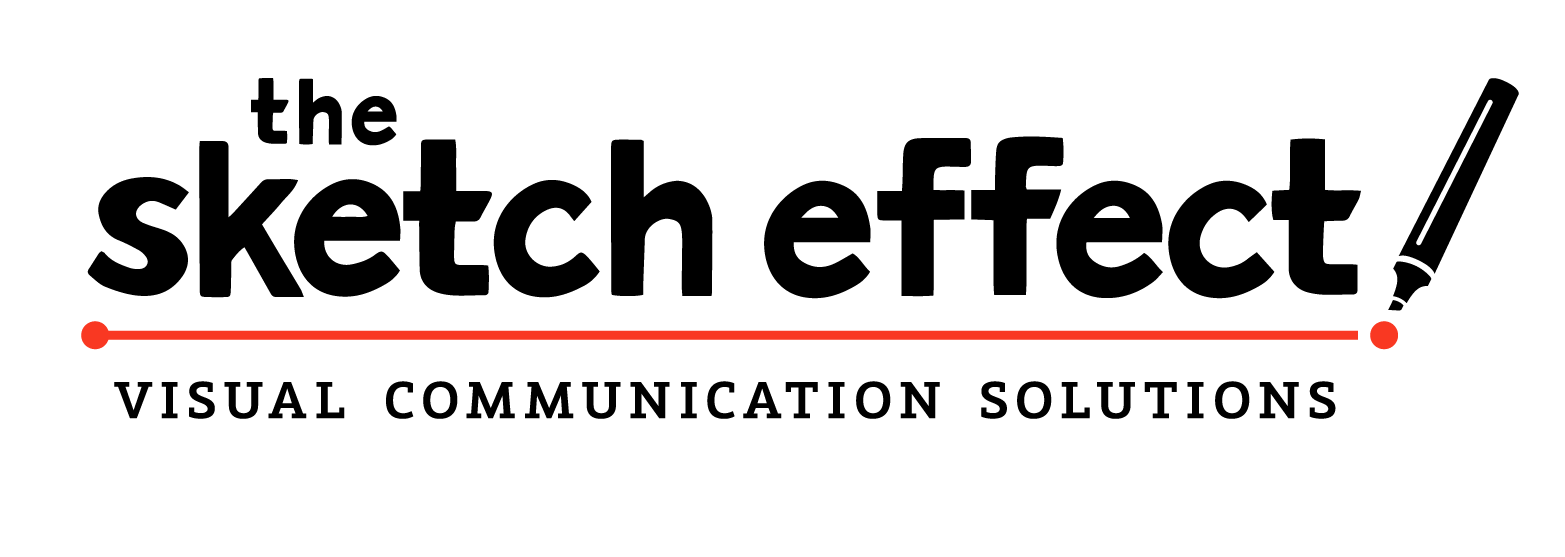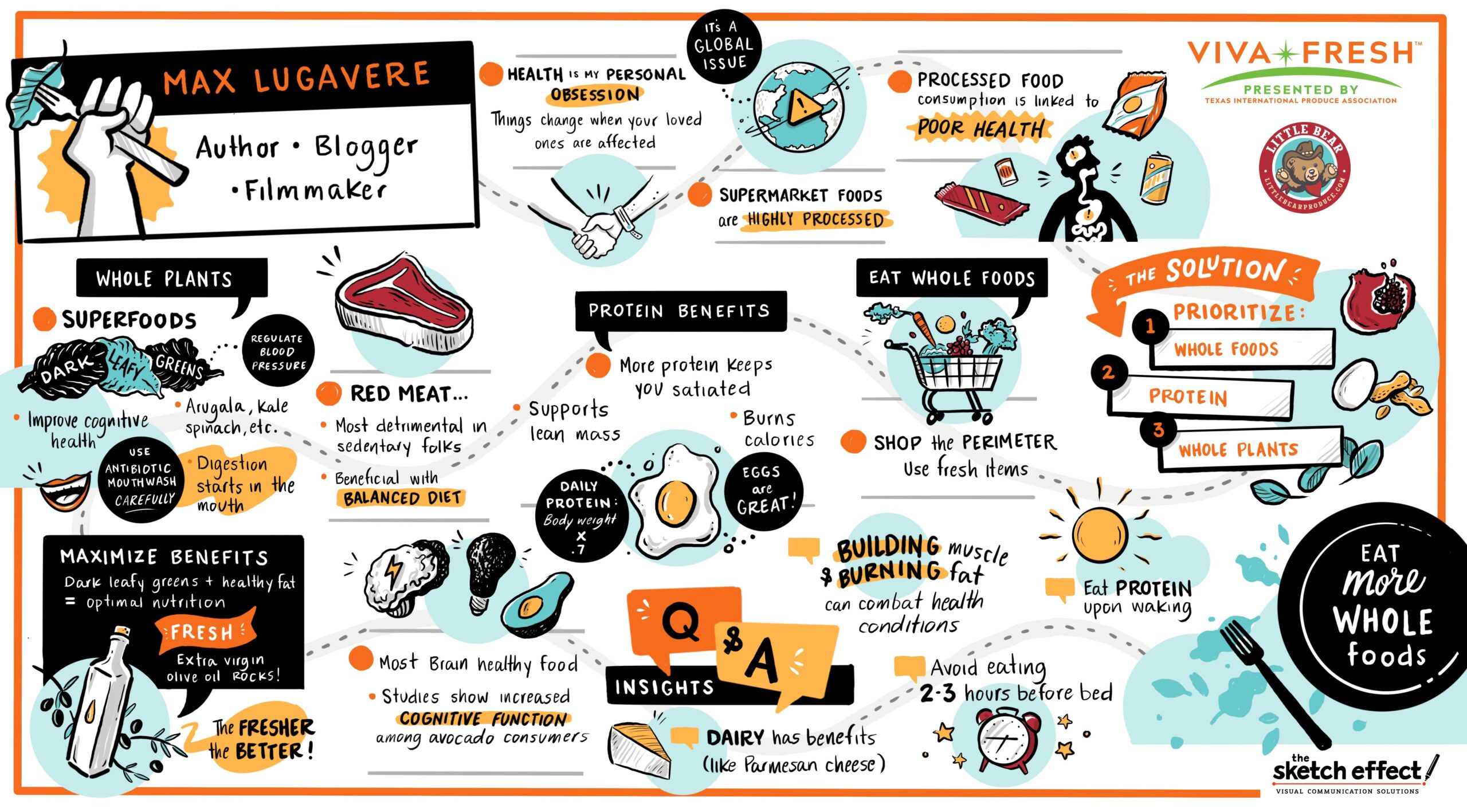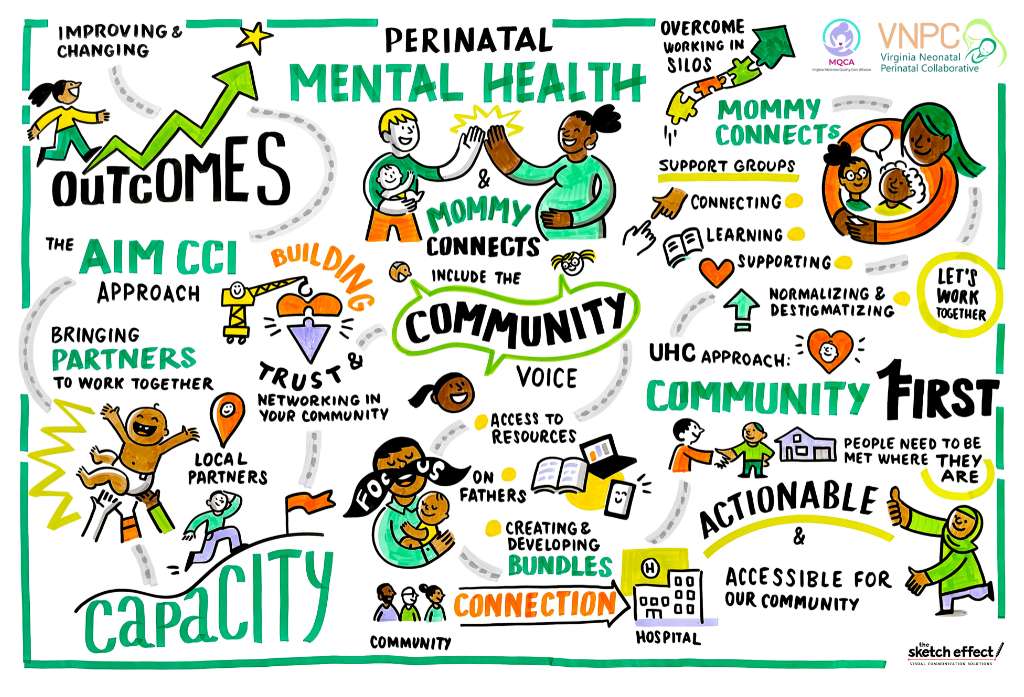Sam Hester sat in a hospital room, exhausted. Her mother, Jocelyn, was struggling—not just with her illness, but with being understood. The doctors asked routine questions: What city are you in? What year is it? Jocelyn answered correctly. They said she was okay. But she wasn’t.
She was seeing ghostly figures, hallucinations that were part of her condition—but the doctors couldn’t see them. They didn’t understand. Sam, a comic artist, realized something powerful: if words weren’t enough, maybe pictures could help.
So she did what she knew best. She drew.
She sketched a simple illustration of her mom’s struggles—the way she leaned to the left in her wheelchair, the way she slid down at night, the things the staff needed to know but might not notice. Then she taped it to the wall.
The next morning, Sam returned to find that someone had seen the picture—and acted on it. A nurse she’d never met had adjusted Jocelyn’s posture, supporting her with pillows. The sketch had communicated what words had failed to convey.
That was just the beginning.
Sam started drawing more—those simple, hand-drawn images showed how animations and drawings can help patient care in ways text cannot.
This is the power of healthcare visual storytelling (Watch Sam’s Ted Talk).
Why Healthcare Needs Visual Storytelling
Healthcare is overwhelming. For patients, caregivers, and even medical professionals, it’s a high-stakes, high-stress environment where information overload is real, emotions run high, and miscommunication can have serious consequences.
- Patients process information differently: Some absorb details best through spoken words, others through written text, and many through visuals.
- Stress impacts memory: A patient receiving difficult news may retain only a fraction of what’s said in the moment.
That’s why visual storytelling through medical illustrations, patient education materials, and friendly comics is a game-changer. It simplifies complex topics, reduces anxiety, and creates a more compassionate healthcare experience.
Real-World Impact: How Healthcare Uses Visual Storytelling
From public health campaigns to medical infographics, visual storytelling helps healthcare organizations communicate better.
Clearer Patient Education
Have you ever received a medical pamphlet packed with tiny, dense text? It’s overwhelming. Visual storytelling simplifies health education, breaking down complex conditions, treatments, and post-care instructions into easy-to-understand illustrations and infographics.
A great example is TSE’s graphic recording project with The Virginia Neonatal Perinatal Collaborative. Through this collab, we managed to make recurring summits for staff, providers, and patients more engaging and successful.
Better Communication in Hospitals & Care Facilities
Sam Hester’s story is a perfect example of how small visual cues can improve patient care. Many hospitals now use illustrated patient care boards to:
- Communicate individual patient needs (e.g., dietary restrictions, mobility assistance)
- Track symptoms visually for easier staff handoffs
- Provide illustrated medication instructions for non-English speakers & neurodiverse individuals
Public Health Campaigns That Stick
Health awareness campaigns rely on visuals for a reason. Studies have talked about the “picture superiority effect” for decades. This states that pictures are remembered better than words —making them perfect for:
- Healthcare marketing strategies to connect on a human level.
- Handwashing infographics to prevent disease spread
- Vaccine awareness posters explaining how immunization works
- Mental healthcare campaigns using illustrations to reduce stigma
Another incredible example of healthcare visual storytelling in action is the Global Health Media Project. This initiative creates high-quality animated videos designed to equip frontline healthcare workers and communities in low-resource settings with important healthcare information.
Healthcare Training & Healthcare Marketing That Works
It’s not just patients who benefit from visual storytelling—healthcare professionals do too. Take KVC Health Systems, for example.
Case Study: KVC Health Systems & Animated Training
KVC Health Systems is a nonprofit dedicated to strengthening families and mental health wellness. Their challenge? They needed a better way to train their staff—from security guards to CEOs—on their “Safe & Connected” model.
Instead of relying on dense manuals and PowerPoint slides, they turned to animated storytelling.
- Seven short, engaging 2D explainer videos
- Breaking down complex training into digestible, visual learning
- Making training accessible & engaging for all staff levels
The result? A more effective, memorable, and inclusive training experience—one that improved both learning outcomes and staff engagement.
Different setting, same impact. A picture can communicate in seconds what words struggle to express.
→ Experience the full KVC Health Systems story here.
The Bottom Line: Why Visual Storytelling Matters in Healthcare
From personal caregiving moments to large-scale training, healthcare visual storytelling is a game-changer. It helps reduce patient stress by making information easier to understand. It also improves communication between caregivers, patients, and medical staff, and acts as supportive health literacy for diverse audiences, including neurodiverse individuals.
At the end of the day, healthcare isn’t just about medicine—it’s about people. And people need clarity, compassion, and connection—things that visual storytelling delivers in ways words alone simply can’t.
Want to Incorporate Visual Storytelling into Your Healthcare Organization?
At The Sketch Effect, we specialize in bringing complex ideas to life through engaging, effective visuals.
Explore The Sketch Effect’s Video Animation Services to see how custom visuals are reimagining the future of healthcare.
We’re here to help. Let’s make healthcare clearer, calmer, and more human—one sketch at a time.










